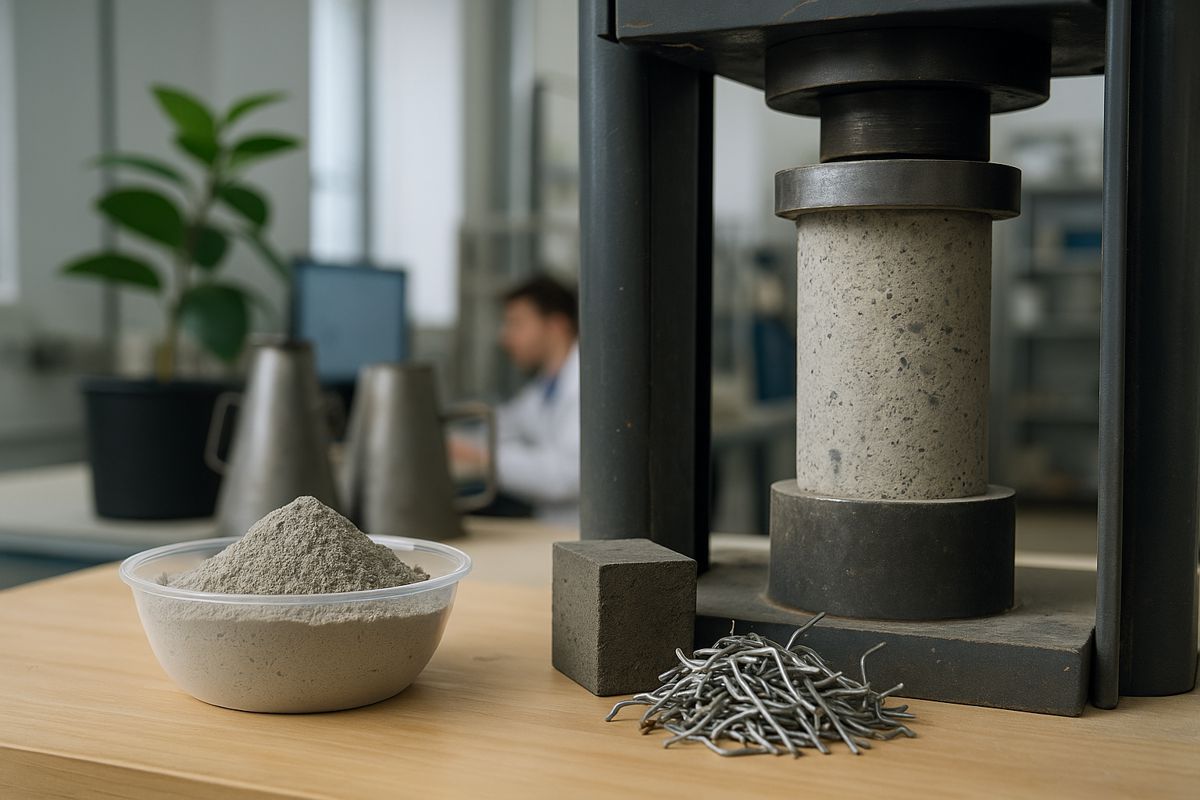Scientists from NUST MISIS have developed the most heat-resistant material
A group of scientists from NUST MISIS in Russia have developed a ceramic material with the highest melting point among currently known compounds.
Due to the unique combination of physical, mechanical and thermal properties, the material holds great potential for use in heat-loaded applications and components of aircraft and engines, such as nose fairings, jet engines and sharp front edges of wings operating at temperatures above 2,000 °C.
The results were published in Ceramics International.
For the aerospace industry materials must be fast, wear-resistant, and cheaper in production. Many leading space agencies (NASA, ESA, as well as agencies of Japan, China and India) are actively developing reusable aircraft, spaceplanes, which will significantly reduce the cost of delivering people and cargo to orbit.
Dmitry Moskovskikh, head of NUST MISIS Center for Constructional Ceramic Materials, said: “Currently, significant results have been achieved in the development of such devices. For example, reducing the rounding radius of the sharp front edges of the wings to a few centimeters leads to a significant increase in lift and maneuverability, as well as reduces aerodynamic drag. However, when exiting the atmosphere and re-entering it, on the surface of the wings of the spaceplane, temperatures about 2000 °C can be observed, reaching 4000 °C at the very edge. Therefore, when it comes to such aircraft, there is a question associated with the creation and development of new materials that can work at such high temperatures.”
The goal of the scientists was to create a material with the highest melting point and high mechanical properties.
Triple hafnium-carbon-nitrogen, hafnium carbonitride (Hf-C-N) was chosen, since previously scientists from Brown University (USA) predicted that hafnium carbonitride would have a high thermal conductivity and resistance to oxidation, as well as the highest melting point amongst all known compounds (approximately 4,200 °C).
Using self-propagating high-temperature synthesis, NUST MISIS scientists obtained a material HfC0.5N0.35, (hafnium carbonitride) close to the theoretical composition, with a hardness of 21.3 GPa, which is even higher than in new promising materials, such as ZrB2/SiC (20.9 GPa) and HfB2/SiC/TaSi2(18.1 GPa).
Veronika Buinevich, NUST MISIS post-graduate student, commented: “It’s hard to measure a material’s melting point when in exceeds 4000 °С. Therefore, we decided to compare the melting temperatures of the synthesized compound and the original ‘champion’, hafnium carbide. To do this, we placed compressed HFC and HfCN samples on a graphite plate shaped like a dumbbell, and covered the top with a similar plate to avoid heat loss.”
Scientists then connected a battery using molybdenum electrodes. All tests were performed in a deep vacuum, so the cross-section of graphite plates differs, the maximum temperature was reached in the narrowest part of it. The resulting simultaneous heating of the new material, carbonitride and hafnium carbide showed that the carbonitride has a higher melting point than hafnium carbide.
At the moment the specific melting point of the new material is above 4,000 °C, but could not be determined precisely in the laboratory.
In the future, the team plans to conduct experiments to measure the melting temperature by high-temperature pyrometry using a laser or electric resistance and to study the performance of the resulting hafnium carbonitride in hypersonic conditions.




















